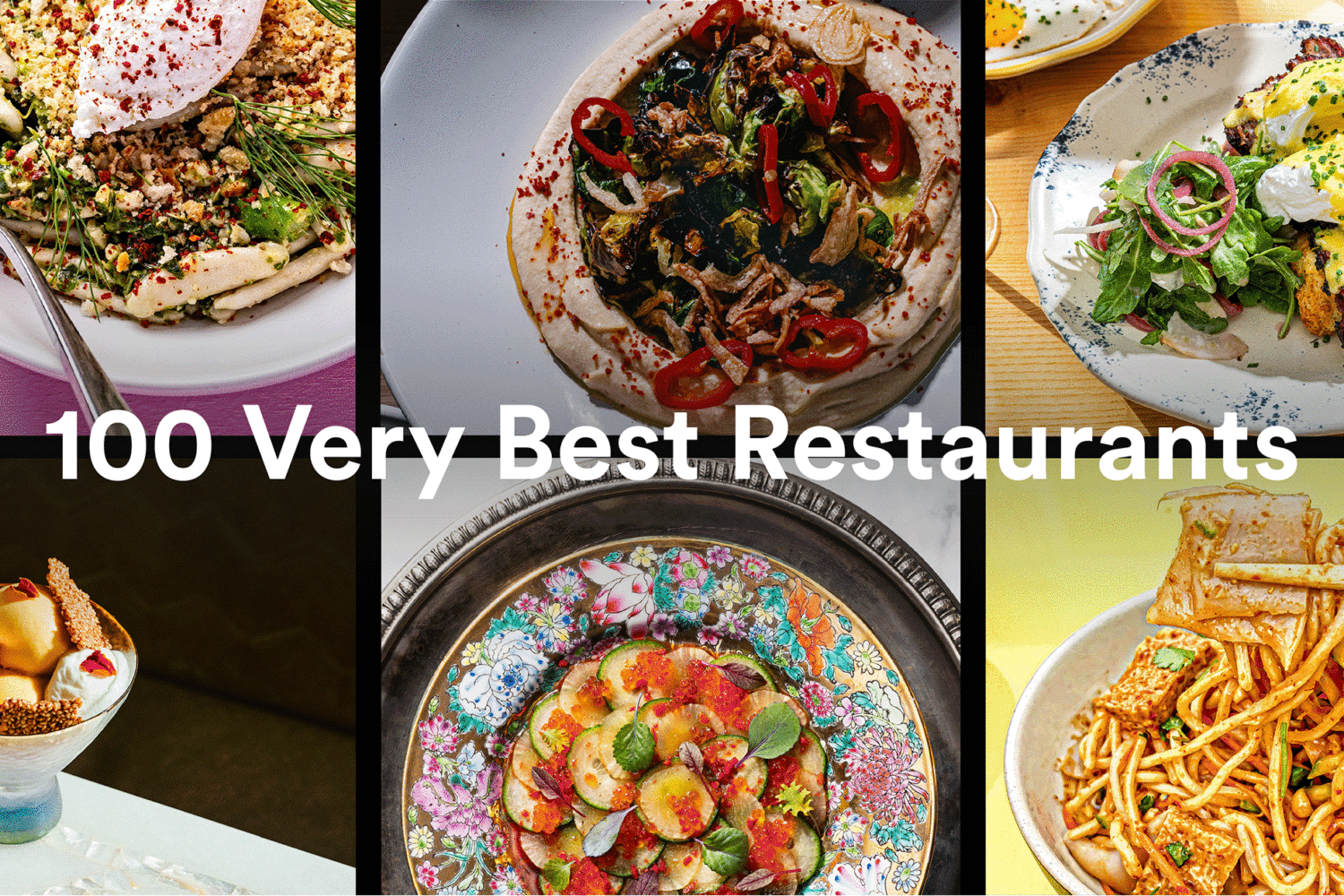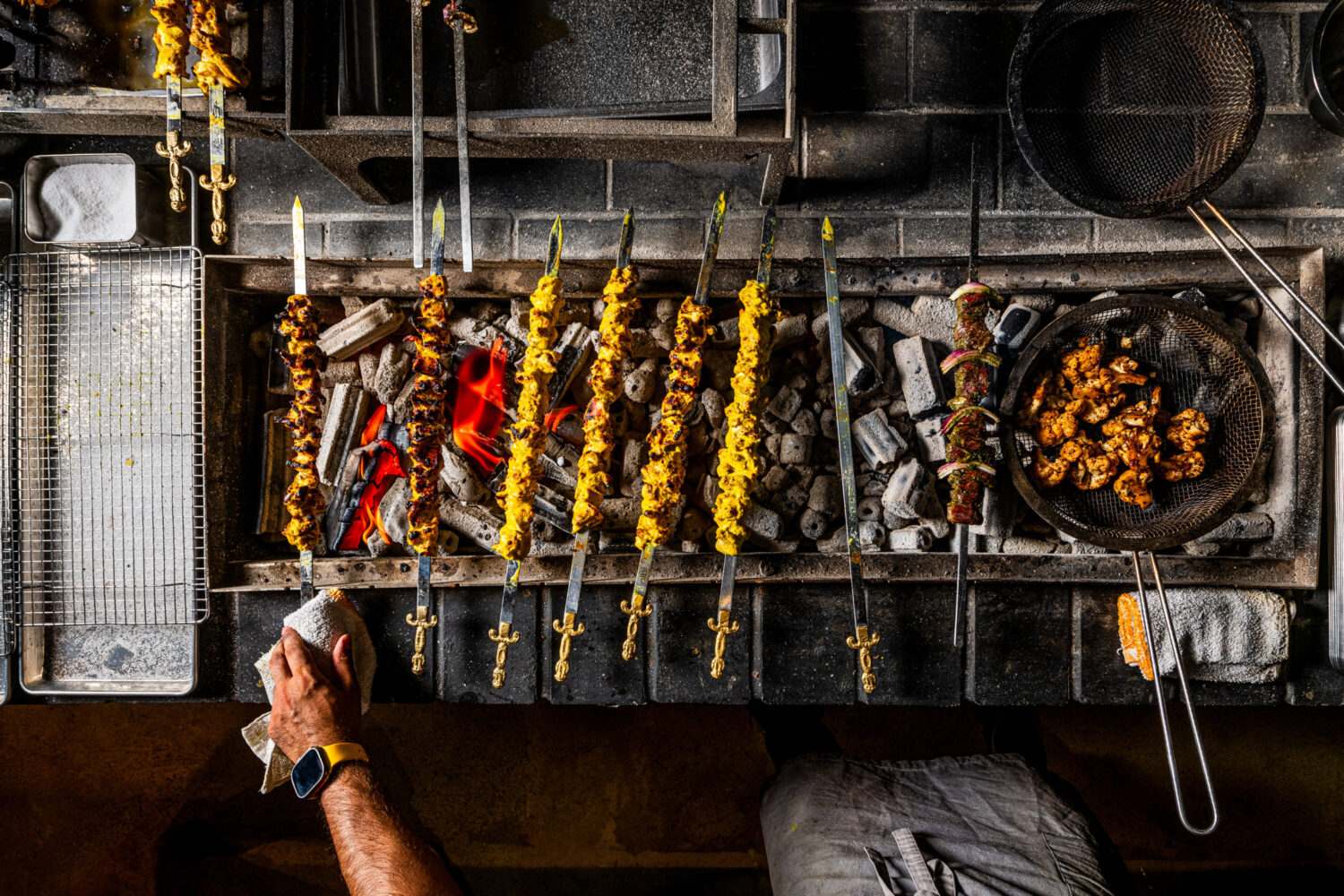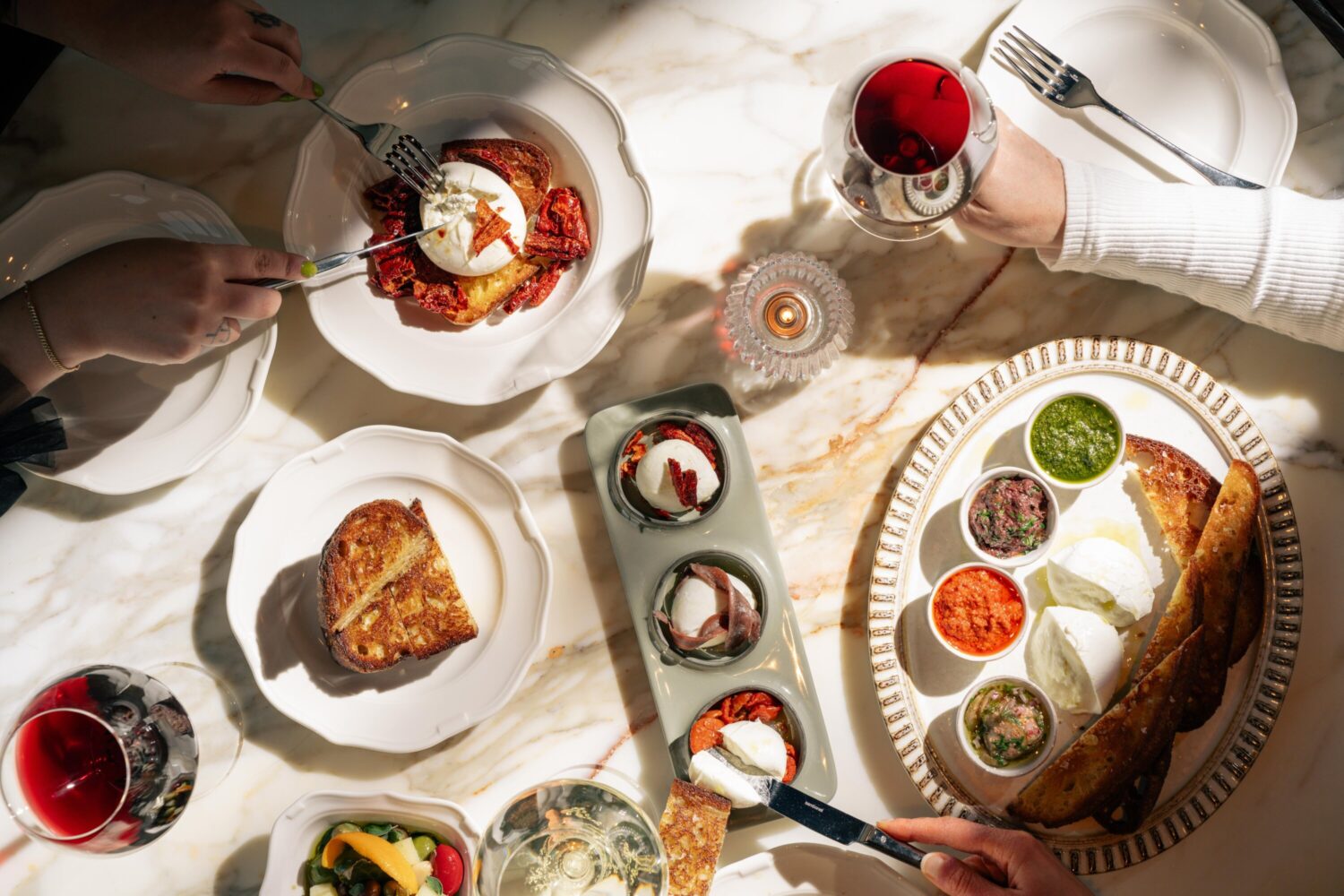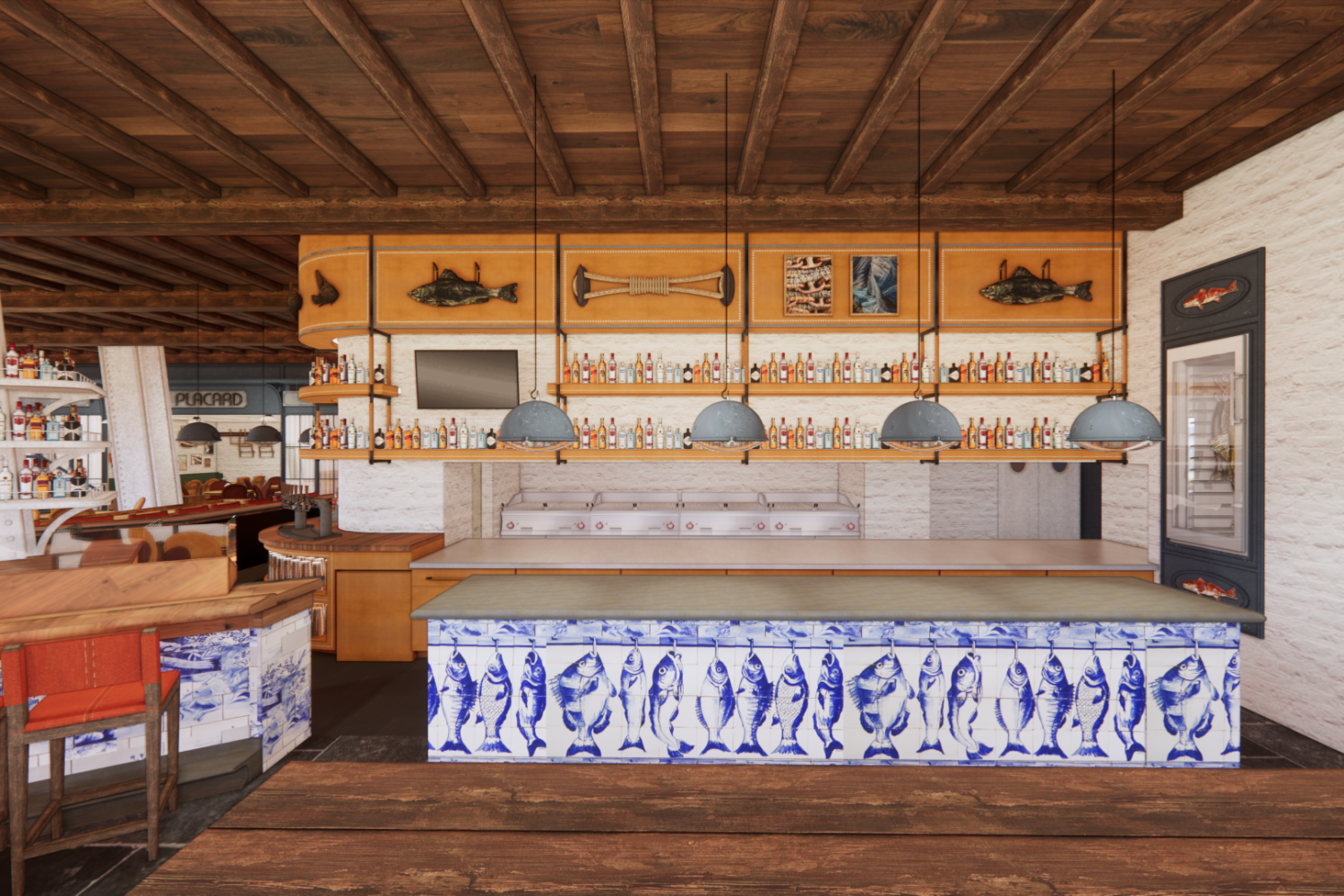
The Donovan House hotel should have come on the scene with a splash. Its sister properties—the Hollywood Roosevelt Hotel in Los Angeles and 60 Thompson in New York City—are frequented by everyone from Jude Law to Jay-Z. Its rooftop pool and lounge boast stunning views of the city.
Instead the property, just off DC’s Thomas Circle, opened with a scramble. Its much-hyped pan-Asian restaurant was to be overseen by Todd English, the Thermolon-pan-hawking celebrity chef. But when the hotel debuted over Inauguration weekend, there was no restaurant—and no Todd English. Before the debut, as guests were supping on room service delivered from Il Mulino down the street, English announced he was pulling out.
The owners of the hotel didn’t have to look far for a replacement. Susur Lee, a Hong Kong–born chef who’s a culinary star in Toronto, had been wooed by the group to open Shang in its hotel on Manhattan’s Lower East Side. By early summer, he was quietly running the show at Zentan. The dining room is a slick but generic-looking space—communal table, twig-painted wallpaper. A hanging platform of faux cathedral candles, the most dramatic design touch, barely lights the room.
Lee is an unassuming presence here. His signature isn’t splashed across the outdoor sign, and the waiters don’t invoke his name with reverence. His cooking style, though, is anything but reserved. Lee’s roots are in Asia, but his menu reads like a wandering travelogue. Dinners can range from jerk chicken to oyster crudo with ponzu sauce to pork ribs with mango salsa.
One of the best ways to start a meal is with the Singapore Slaw, which is to Lee what salmon pizza is to Wolfgang Puck and what a foie-gras burger is to Daniel Boulud. The $16 salad, which Lee has transported to many of his restaurants, is piled with 19 ingredients—our waiter managed to recite 13 before trailing off—and arrives looking like something Willy Wonka might eat when he wants to lay off the calories. But the foot-high tangle of daikon, jícama, pickled red onion, and carrot, tossed with frizzled shallots, edible flowers, hazelnuts, and salted-plum dressing, addictively balances cool, crunchy, salty, and sweet. I couldn’t help ordering it on every visit.
Excitement over Asian-fusion cooking may have faded long ago, but Lee makes some other strong cases for it. Take the chickpea-and-onion tempura, another longtime hit in his repertoire. A messy mound of crispy chickpea-battered onions drizzled with minted yogurt, mango chutney, and ginger, it tastes like a mash-up of onion rings and the cool Indian chickpea dish called papri chaat. I ordered the dish as a side one night and spent more time with it than with the slightly overdone—in both the cooking and food-trend senses—miso-marinated black cod. French and Cantonese come together beautifully in an entrée of sliced skirt steak marinated for a day in a mix of Korean chili and soy, then grilled and topped with shallot brown butter and toasted hazelnuts. The same goes for the roasted salmon, rare in the middle, accompanied by silky yuzu-scented hollandaise and served, like many entrées here, in a Cheesecake Factory–like portion.
But then come reminders of why Asian fusion went the way of the ThighMaster. The pulled-duck roll, an appetizer, consists of a flabby crepe enrobing shreds of duck confit and onion marmalade. Even if the confit had much flavor, it would be hard to discern under the odd garnishes: a slathering of goat cheese and a few slices of dried pineapple.
There’s also too much going on in a $37 plate of Mongolian-style lamb chops marinated in curry, shallots, ginger, and onion oil. The lamb itself is good—charred on the edges, tender and pink inside. But does it really need carrot-cardamom chutney, peanut sauce, and sticky-sweet glazed bananas? Lettuce wraps holding clunky, almond-crusted lobster fritters are unwieldy and devoid of lobstery sweetness. But most disappointing is the dim sum dessert sampler, with its pasty, gritty coconut rice pudding and lumpen mochi.
Some of the best dishes here stick closely to tradition. Lee’s hot-and-sour soup—spicy with white and Szechuan peppercorns and flecked with cilantro—is the most memorable rendition in the city. A half duck, soy-marinated and braised with aromatics, needs only a lotus crepe, a few herbs and leeks, and a swipe of bean djan paste—now, that’s a duck roll.
A good part of the menu is devoted to raw fish—from traditional sushi to inventive rolls and crudo. Particularly notable are the precisely cut nigiri and sashimi layered with Japanese yellowtail, bluefin otoro, or sea urchin.
No boutique hotel dares to open without a list of $12 cocktails. Some—a cherry-muddled mojito, the citrusy vodka-based Thom—sip beautifully. Others, such as the Robitussin-like pear margarita or the too-fiery, Thai-chili saketini, you might be tempted to pour into one of the orchid vases.
And so it goes. Zentan can make you smile; it can just as quickly let you down. And whether it will ever feel more like a destination than a placeholder remains to be seen.
Whatever happens, I’ll take another helping of Singapore Slaw.











